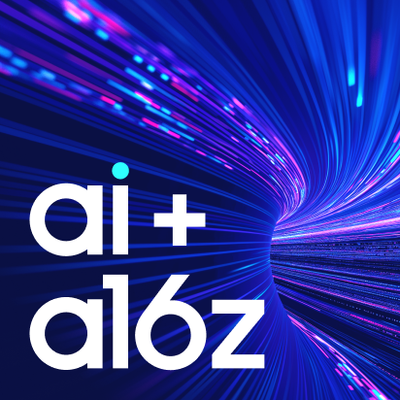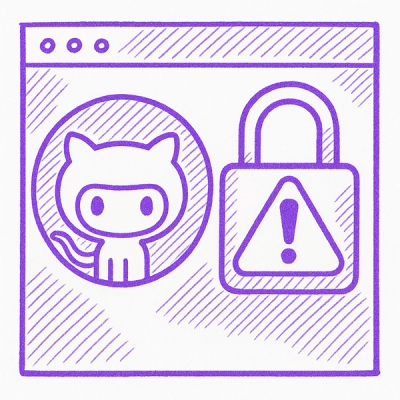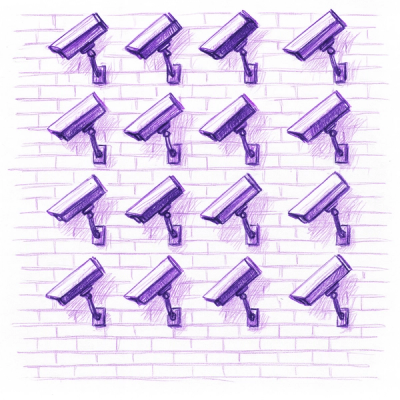Ket Quantum Programming



[[TOC]]
Ket is an embedded programming language that introduces the ease of Python to quantum programming, letting anyone quickly prototype and test a quantum application.
Python is the most widely used programming language for machine learning and data science and has been the language of choice for quantum programming. Ket is a Python-embedded language, but many can use it as a Python library in most cases. So you can use Ket together with NumPy, ScyPy, Pandas, and other popular Python libraries.
Ket's goal is to streamline the development of hardware-independent classical quantum applications by providing transparent interaction of classical and quantum data. See https://quantumket.org to learn more about Ket.
Installation :arrow_down:
Ket requires Python 3.10 or newer and is available for Linux, Windows, and macOS (both Apple silicon and Intel). If you are using a non-x86_64 (Intel/AMD) CPU, such as ARM, on Linux or Windows, you will need to install Rust before installing Ket.
You can install Ket using pip. To do so, copy and paste the following command into your terminal:
pip install ket-lang
Documentation :scroll:
Documentation available at https://quantumket.org.
Examples :bulb:
Grover's Algorithm
from ket import *
from math import sqrt, pi
def grover(n: int, oracle) -> int:
p = Process()
qubits = H(p.alloc(n))
steps = int((pi / 4) * sqrt(2**n))
for _ in range(steps):
oracle(qubits)
with around(H, qubits):
phase_oracle(0, qubits)
return measure(qubits).value
n = 8
looking_for = 13
print(grover(n, phase_oracle(looking_for)))
Quantum Teleportation
from ket import *
def entangle(a: Quant, b: Quant):
return CNOT(H(a), b)
def teleport(quantum_message: Quant, entangled_qubit: Quant):
adj(entangle)(quantum_message, entangled_qubit)
return measure(entangled_qubit).value, measure(quantum_message).value
def decode(classical_message: tuple[int, int], qubit: Quant):
if classical_message[0] == 1:
X(qubit)
if classical_message[1] == 1:
Z(qubit)
if __name__ == "__main__":
from math import pi
p = Process()
alice_message = P(pi / 4, H(p.alloc()))
alice_message_dump = dump(alice_message)
alice_qubit, bob_qubit = entangle(*p.alloc(2))
classical_message = teleport(
quantum_message=alice_message, entangled_qubit=alice_qubit
)
decode(classical_message, bob_qubit)
bob_qubit_dump = dump(bob_qubit)
print("Alice Message:")
print(alice_message_dump.show())
print("Bob Qubit:")
print(bob_qubit_dump.show())
Setup for Ket Development :hammer:
To get started with Ket development, follow these steps:
-
Rust Installation
Ensure that Rust is installed on your system. If not, follow the Rust install guide. After installation, set the Rust version to 1.88 using the following command:
rustup default 1.88
-
Clone and Compile
Clone the Ket repository and compile the Rust libraries:
git clone --recursive https://gitlab.com/quantum-ket/ket.git
cd ket
cargo build --manifest-path src/ket/clib/libs/libket/Cargo.toml
cargo build --manifest-path src/ket/clib/libs/kbw/Cargo.toml
ln -s libket/target/debug/libket.so src/ket/clib/libs
ln -s kbw/target/debug/libkbw.so src/ket/clib/libs
-
Set Up Virtual Environment
Set up a virtual environment for Python:
python3 -m venv venv
source venv/bin/activate
-
Install Dependencies
Upgrade pip and install development requirements:
pip install -U pip
pip install -r requirements_dev.txt
-
Install Ket
Install Ket in editable mode:
pip install -e .[full]
-
Run Tests
To ensure everything is correctly installed, run the tests:
pytest
You're now set up for Ket development! Happy coding! 🚀
Cite Ket :book:
When using Ket for research projects, please cite:
Evandro Chagas Ribeiro da Rosa and Rafael de Santiago. 2021. Ket Quantum Programming. J. Emerg. Technol. Comput. Syst. 18, 1, Article 12 (January 2022), 25 pages. DOI: 10.1145/3474224
@article{ket,
author = {Evandro Chagas Ribeiro da Rosa and Rafael de Santiago},
title = {Ket Quantum Programming},
year = {2021},
issue_date = {January 2022},
publisher = {Association for Computing Machinery},
address = {New York, NY, USA},
volume = {18},
number = {1},
issn = {1550-4832},
url = {https://doi.org/10.1145/3474224},
doi = {10.1145/3474224},
journal = {J. Emerg. Technol. Comput. Syst.},
month = oct,
articleno = {12},
numpages = {25},
keywords = {Quantum programming, cloud quantum computation, qubit simulation}
}





